Fermented Onions Recipe
Your folders
Your folders
Servings: 1
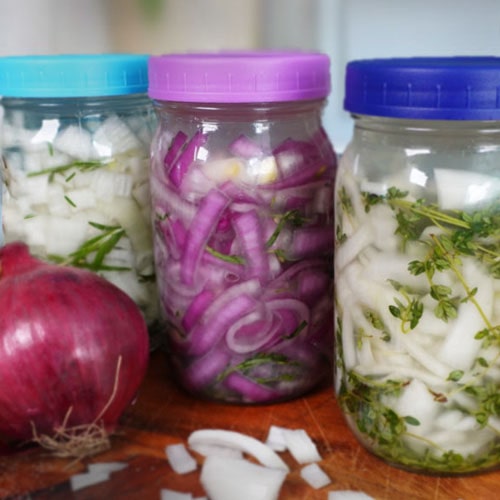
Ingredients
Export 2 ingredients for grocery delivery
Instructions
Step 1
Combine the water & salt and mix thoroughly. Set aside.
Step 2
Slice the onion(s). The Herbs can remain whole and on the stem.
Step 3
Place the onions and herbs in a mixing bowl.
Step 4
Pour the brine over the ingredients and toss to coat everything with the brine.
Step 5
Allow the onions and herbs to rest in the brine for 1 to 2 hours. Toss with clean hands to refresh the brine coating every 30 minutes.
Step 6
First, clean the jar, weight and lid by washing them in hot soapy water.
Step 7
Scoop 1-2 handfuls of the onion and herb mixture into the jar.
Step 8
Press the mixture down with a tart tamper, wooden dowel or other type of mallet.
Step 9
Add 1-2 scoops of the brine, no measurement needed.
Step 10
Repeat these steps until the jar is full.
Step 11
Press down with the mallet one last time before adding the weight.
Step 12
Set the jar on a dish to catch any possible brine overflow as you add the fermenting weight and push it down as much as you can. The brine level should be near the top of the jar and everything submerged beneath it.
Step 13
Place a loose lid on the jar. So long as the lid is loose, the fermenting gasses will be able to escape and you will not need to burp the jar.
Step 14
Place the jar(s) on the countertop at room temperature for 10 to 21 days. Keep the jar of the fermenting onions on a towel or dish to catch any possible brine overflow.
Step 15
Colors: will change from vibrant to muted tones.Bubbles: Carbon dioxide bubbles will form during the 1st week of fermentation, then die off during week 2 and 3.Smell: A healthy fermentation should have a light soury-sweet smell. If the fermentation smells offensive or rotten, throw it away.Kahm Yeast: When fermenting foods that contain a lot of natural sugars like onions, kahm yeast will most likely develop on the surface. Although unattractive, it is harmless. Watch my Kahm Yeast video on YouTube or read my Kahm Yeast Article at CleanFoodLiving.net where I do a deep dive into the topic along with visual examples.
Step 16
When you decide to end the fermentation period (a minimum of 10 days up to 21 days) is based on your taste preference. The longer the onions ferment, the more their flavors will develop and their texture will soften.
Step 17
Open the jar and take a look. Most likely you’ll see a layer of kahm yeast on top. This is okay. With clean hands, reach in through the kahm yeast and remove the fermenting weight. Use a paper towel as a gripper if the weight is too slick.
Step 18
Remove any remaining kahm yeast. The good news is that the fermenting weight will take the bulk of the kahm yeast out with it. Next, use a paper towel to wipe off the remaining kahm yeast from the inside of the jar. You can also dab the surface with a paper towel (or use a spoon) to pick up remaining kahm yeast flakes. Remember that kahm yeast is harmless so if some pieces remain, it’s ok! *Demonstration of how to do this is provided in the video.
Step 19
To store long term, keep the weight out of the jar and put the lid back on tightly.
Step 20
Place the fermented onions in the refrigerator where they will last for many months.
Top similar recipes
Curated for youYour folders
 86 views
86 viewsFermented Onions Recipe
cleanfoodliving.net
Your folders

 364 views
364 viewsFermented Onions
fermentingforfoodies.com
5.0
(1)
Your folders
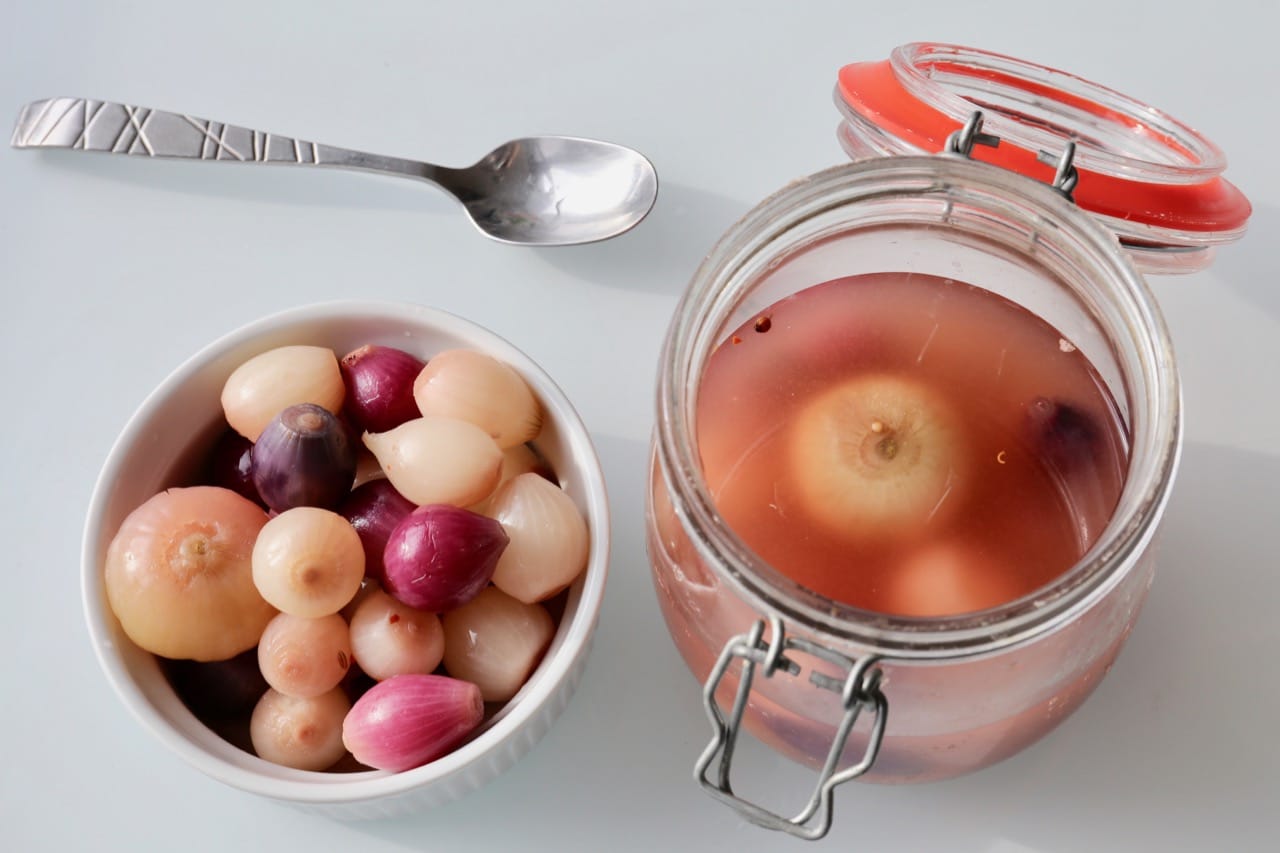
 718 views
718 viewsFermented Onions
dobbernationloves.com
4.9
(7)
Your folders

 249 views
249 viewsLacto-Fermented Onions Recipe
revolutionfermentation.com
4.2
(47)
Your folders
 278 views
278 viewsLacto-Fermented Onions Recipe
revolutionfermentation.com
Your folders
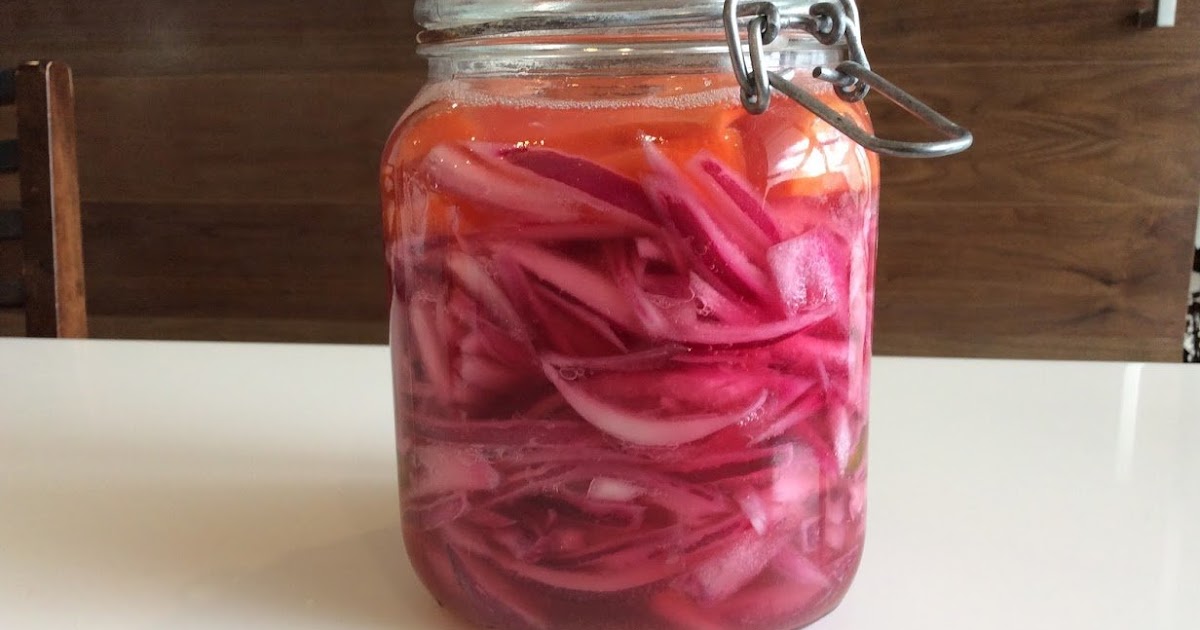
 505 views
505 viewsMouthwatering Fermented Onions Rec...
swisscultured.com
Your folders
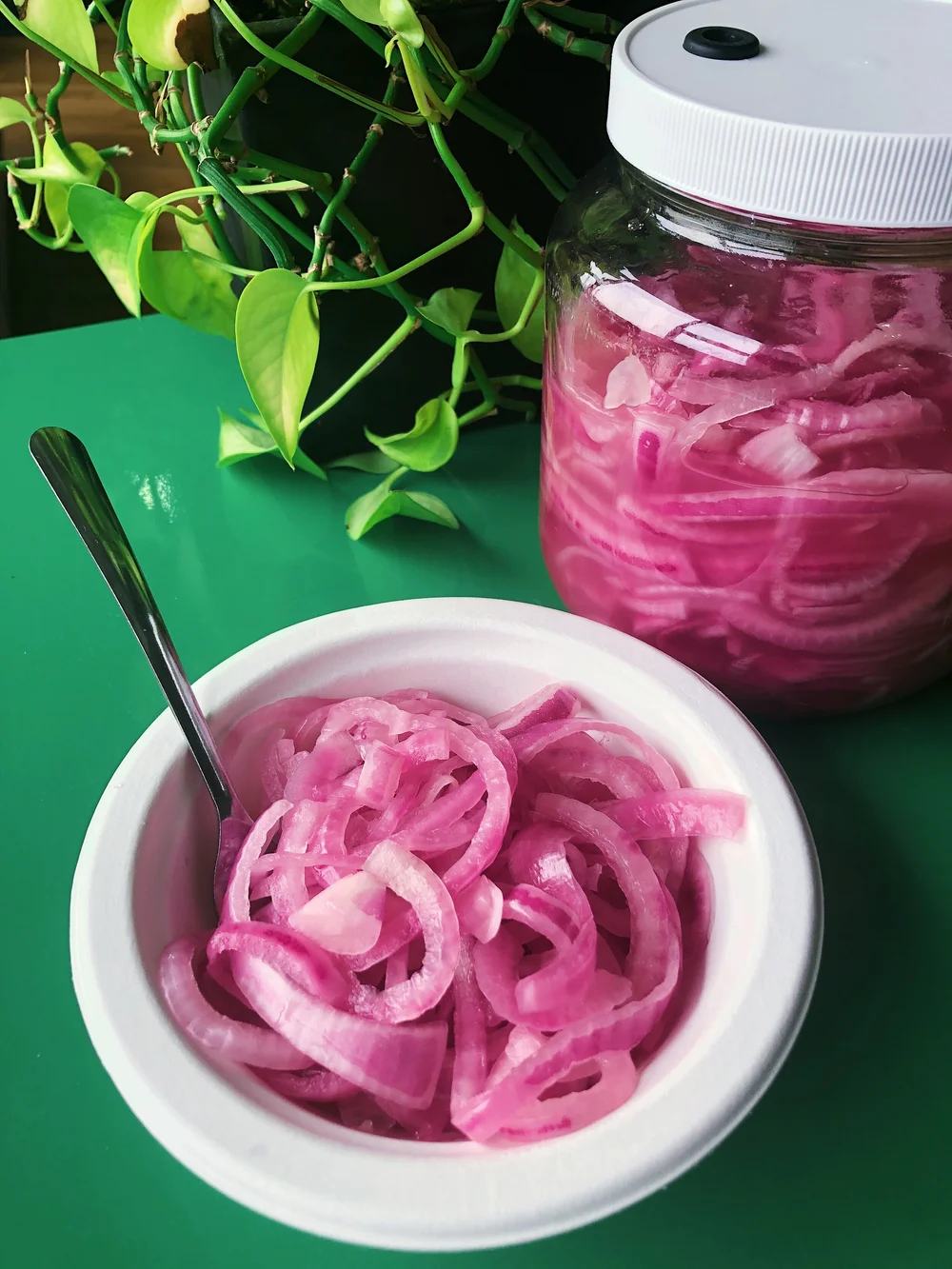
 397 views
397 viewsFermented Red Onions
farmsteady.com
7200 minutes
Your folders

 214 views
214 viewsLacto Fermented Onions
lifearoundthetable.ca
5.0
(9)
Your folders

 177 views
177 viewsFermented Jalapeños (Lacto-Fermente...
urbanfarmandkitchen.com
5.0
(4)
Your folders

 265 views
265 viewsFermented Honey Recipe
learnbees.com
Your folders

 506 views
506 viewsFermented Mustard Recipe
nourishedkitchen.com
5.0
(4)
Your folders
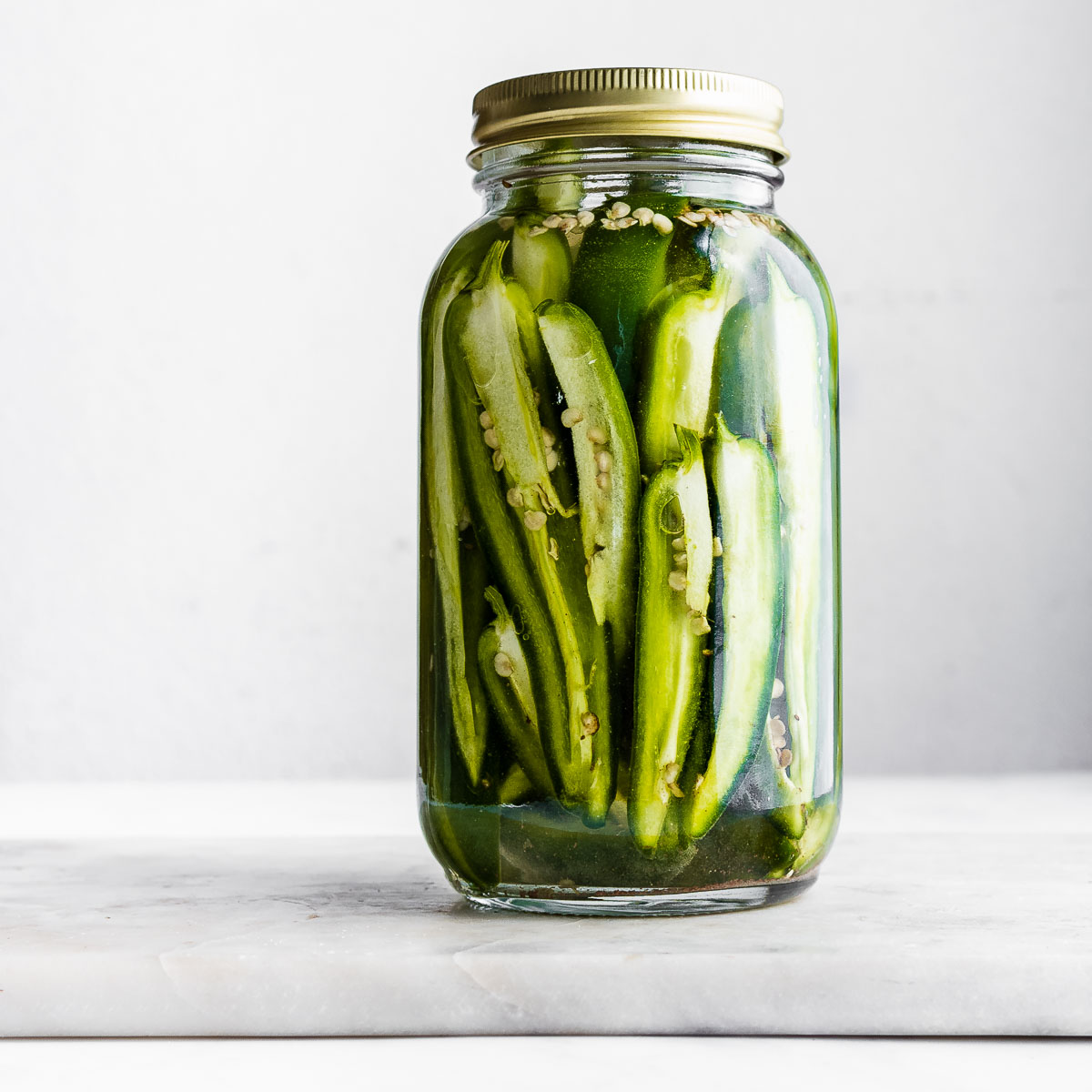
 243 views
243 viewsFermented Jalapeño Recipe
nourishedkitchen.com
5.0
(2)
Your folders

 148 views
148 viewsFermented Okra Recipe
nourishedkitchen.com
5.0
(1)
Your folders
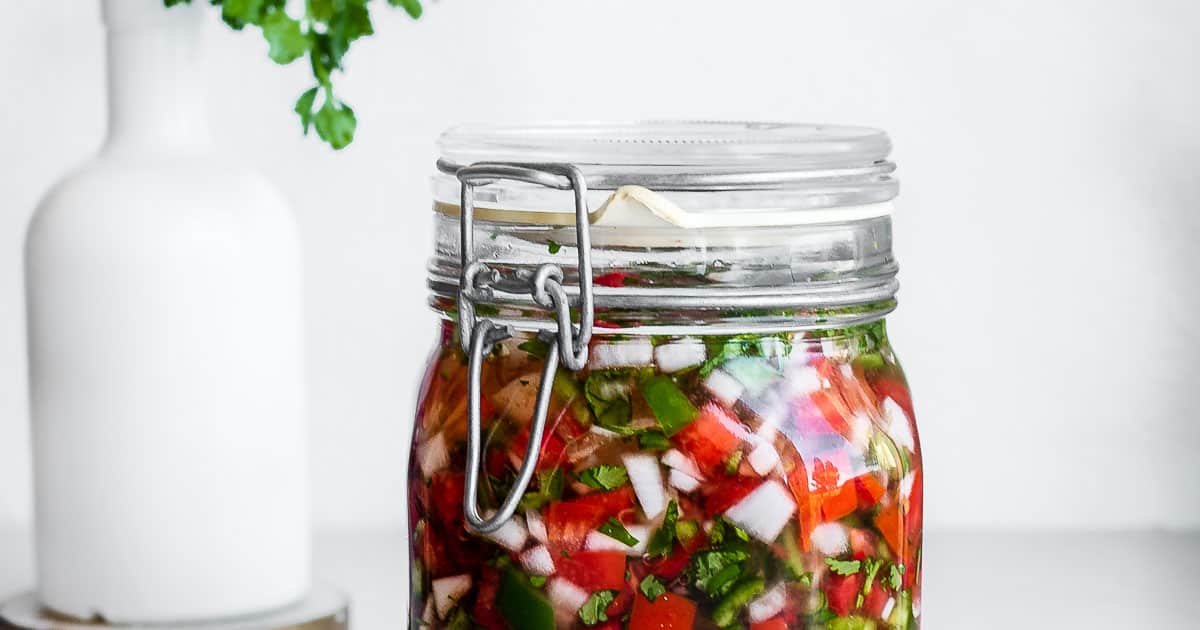
 66 views
66 viewsFermented Salsa Recipe
nourishedkitchen.com
5.0
(4)
Your folders
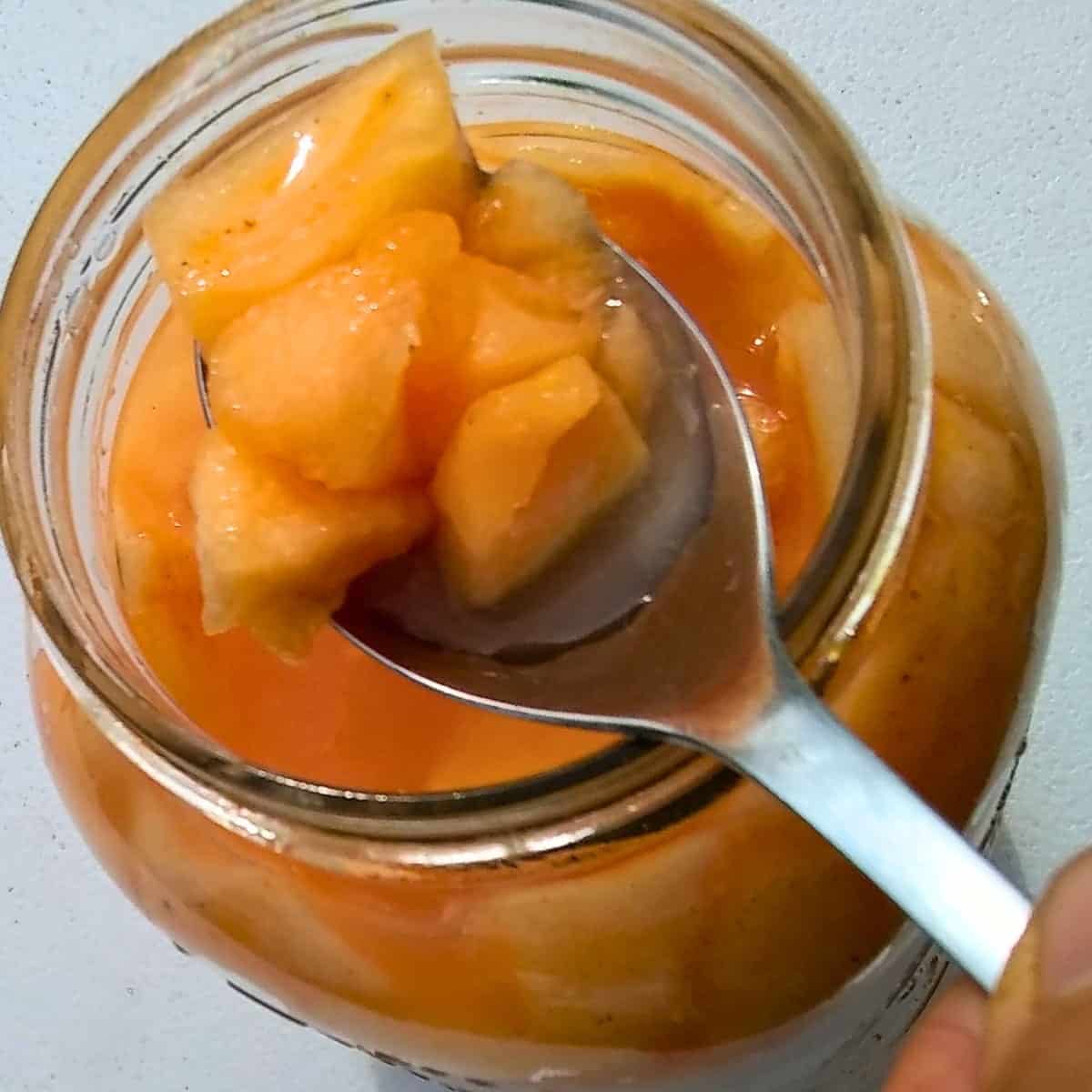
 85 views
85 viewsFermented Cantaloupe Recipe
foodforlifegarden.com
5.0
(2)
Your folders
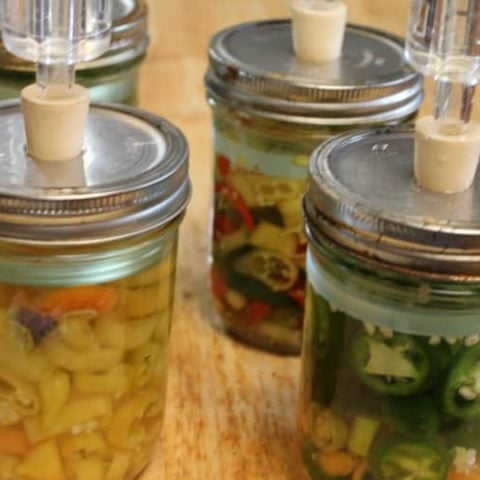
 94 views
94 viewsFermented Peppers Recipe
creativesimpleliving.com
4.6
(33)
Your folders
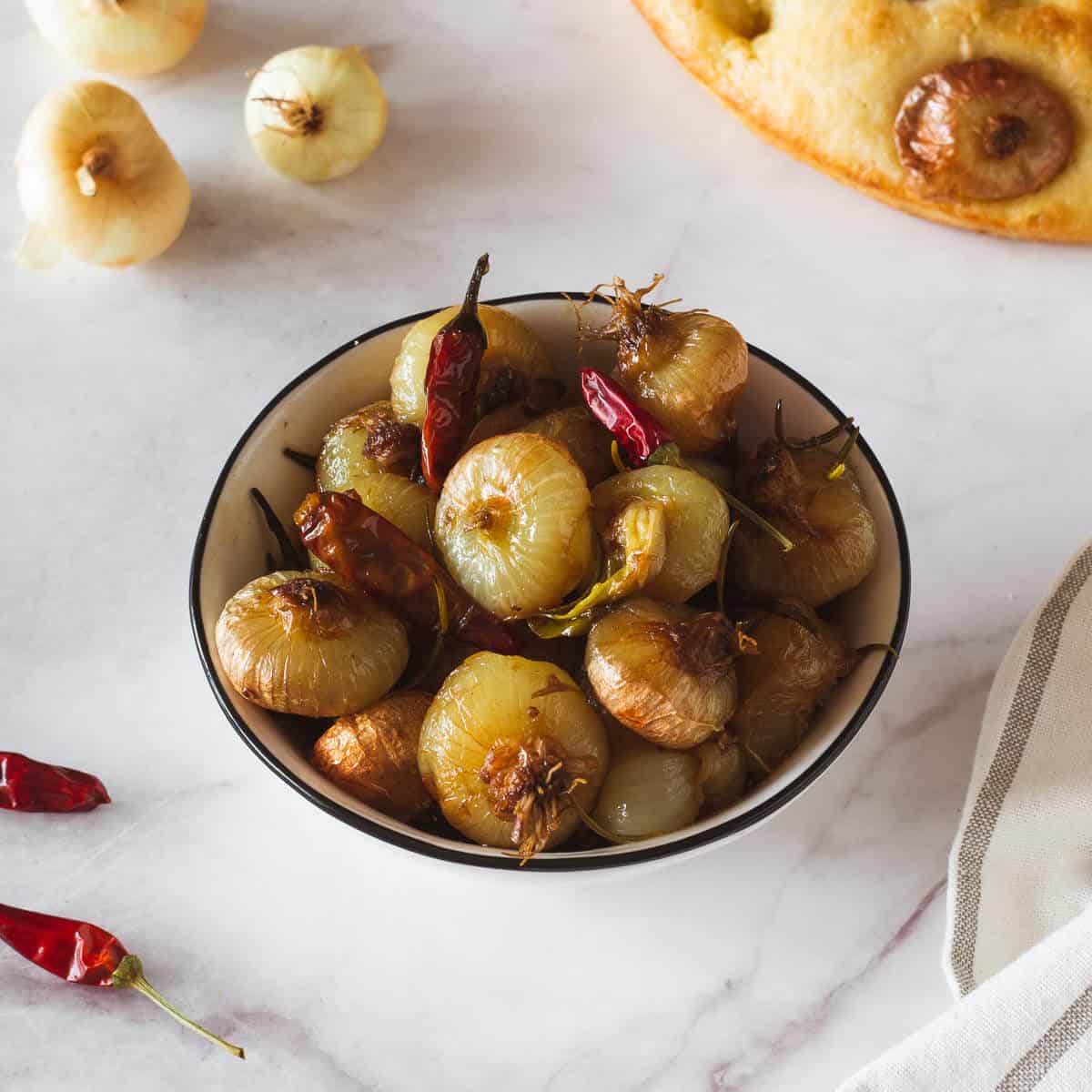
 261 views
261 viewsSpiced Onions Recipe (Borettane Oni...
ourplantbasedworld.com
5.0
(3)
15 minutes
Your folders
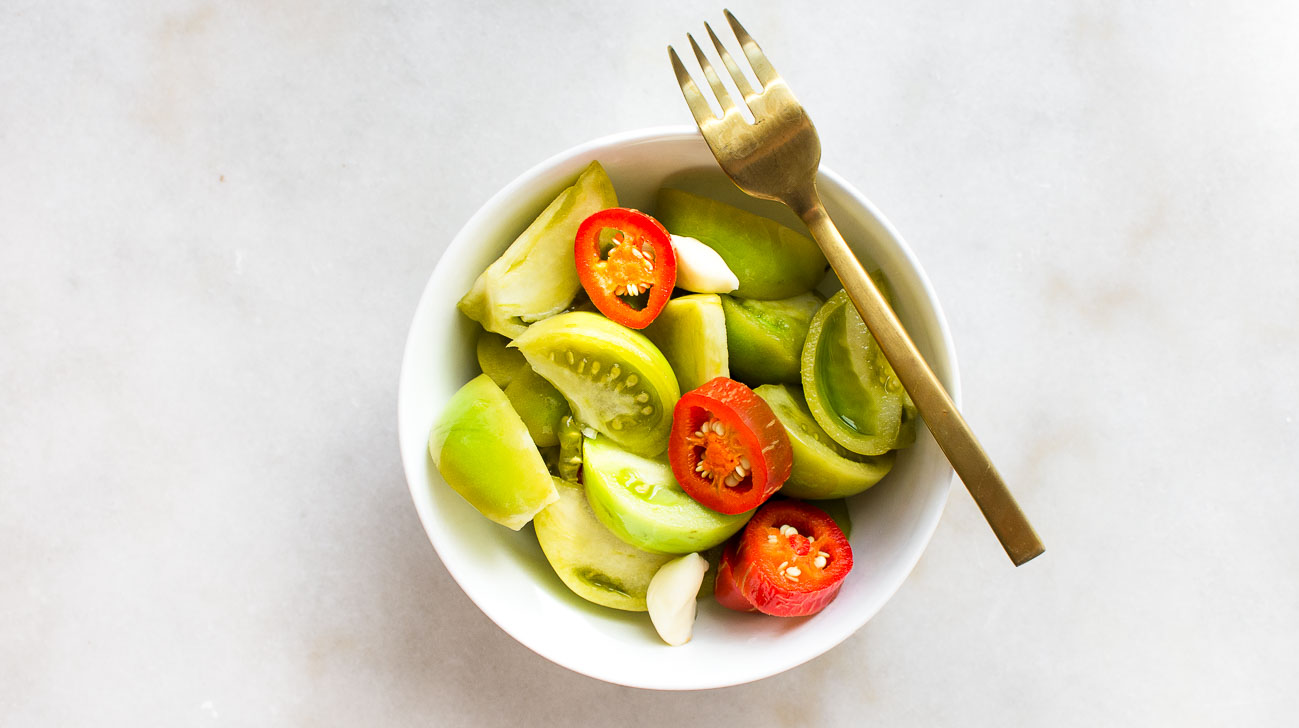
 473 views
473 viewsFermented Green Tomatoes Recipe
nourishedkitchen.com
Your folders
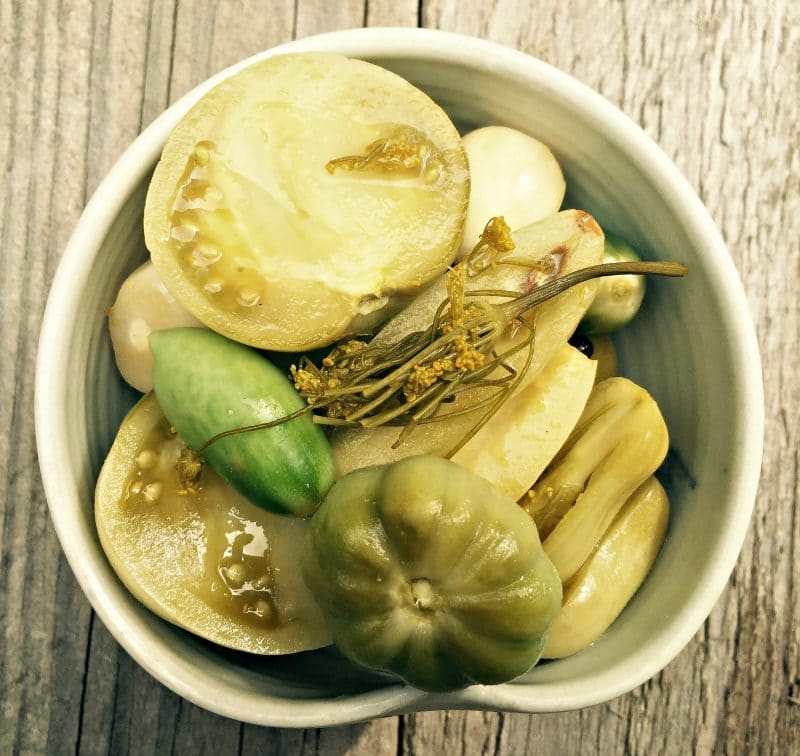
 790 views
790 viewsFermented Green Tomatoes Recipe
growforagecookferment.com
4.3
(6)